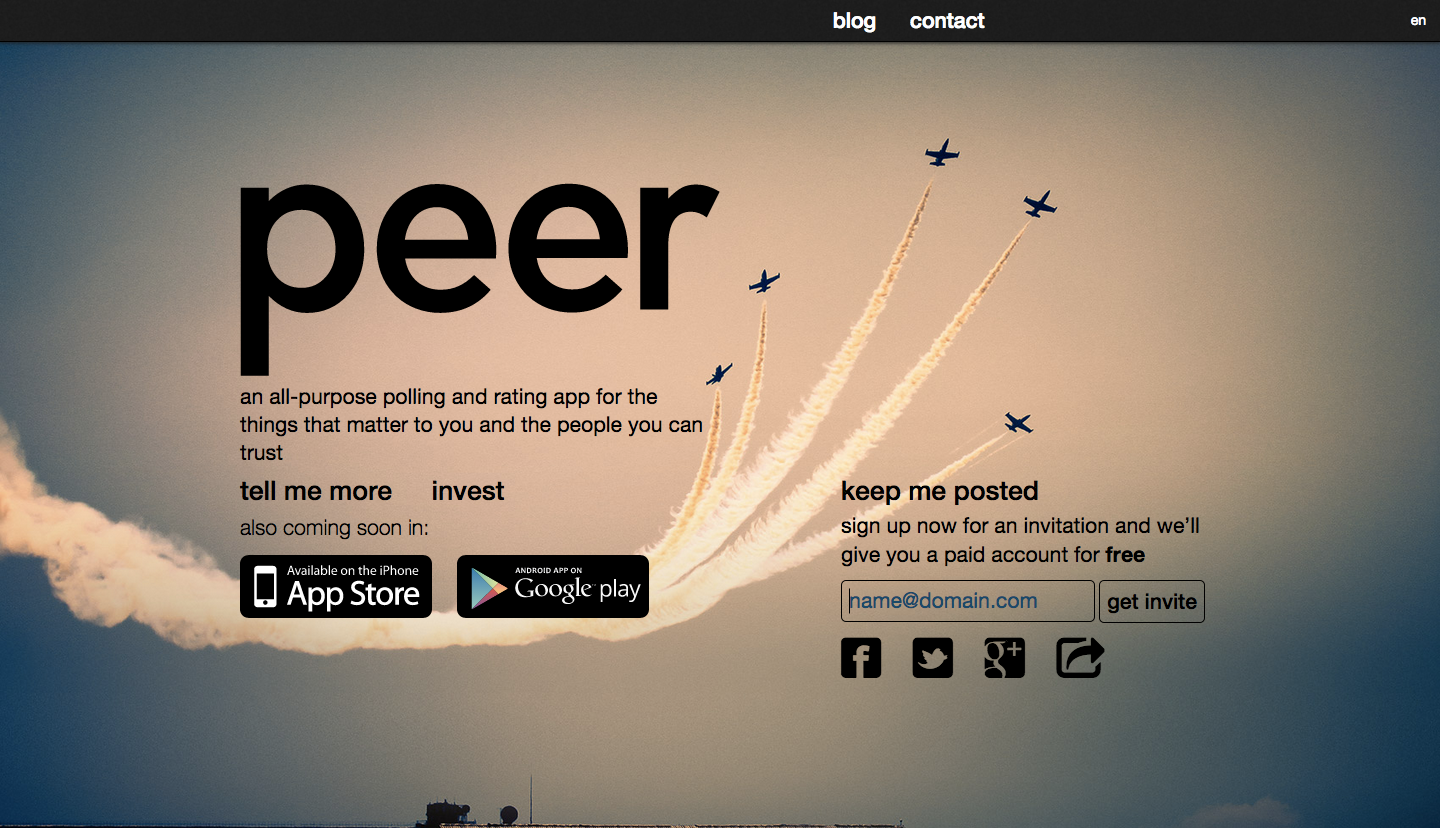This is a guest post that was originally published by Evgeny Lazarenko on Medium.
“I’m a Product Manager at TradeGecko, an inventory management SaaS company based in Singapore.
This post is a recollection of personal experiences which helped me figure out what I want to do in the foreseeable future, namely Product Management.
You might relate to some parts of it, especially if you’ve just become a product manager yourself, or currently in transition.”
In early 2010 I received Monbukagakusho Scholarship and moved to Tokyo from Moscow. I was a young and naive boy from a post-Communist country who just got out. And I didn’t have a plan. For years I’ve been preparing to leave Russia, and when my dreams came true, I was out of ideas what life to lead from now on.
In Japan, I joined Tokyo Institute of Technology first as a researcher, and then as a PhD student. After my academic stint began, I realized that I could do more with my life. I started trying lots of different things, hoping to find my “calling”.
First, I bought a bass guitar and joined Tokyo Tech rock club. I also collected vintage synthesizers and drum machines, fixed them if they were broken, and sometimes even circuit bent them. Music made a great hobby, but something was still missing.
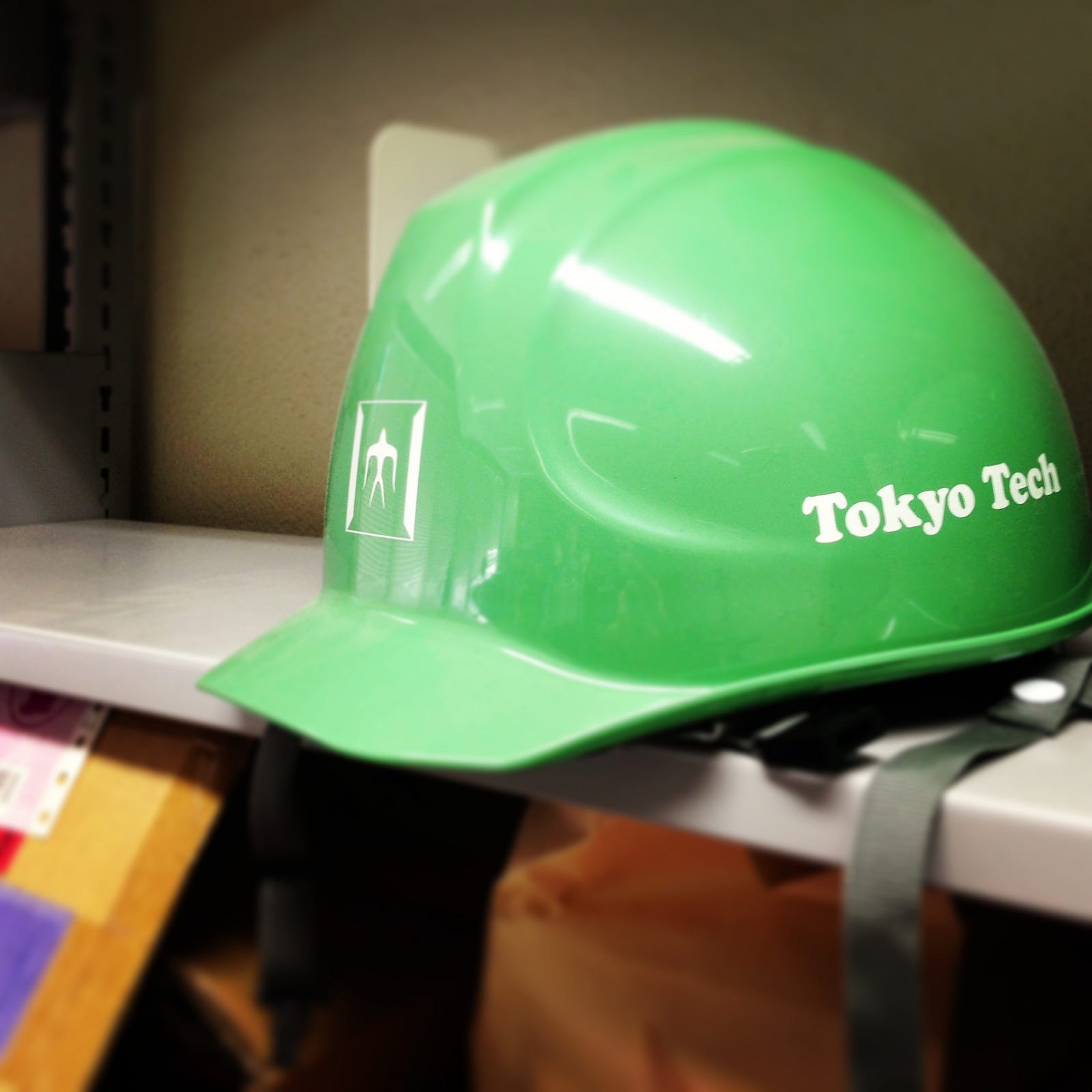
Back in Moscow, I couldn’t really choose which classes to take. All 6 years of our curriculum were predetermined, fixed. In Japan, things were different. I was doing a research in robotics, but I could also take any class I wanted, and that was luxury.
As I found out, Tokyo Tech had a great school of Management of Technology, on top of its engineering departments. In fact, it was the first MoT school in Japan, and it was one of the best in the country. I couldn’t miss this opportunity and began taking Innovation Management classes.
I learned about product lifecycle, R&D management, and birth and growth of startup ecosystems. That knowledge was priceless. I’d even go as far as to say that I owe my obsession with startups and entrepreneurship to them.
FIRST STARTUP EXPERIMENTS
Fast forward to summer of 2012. A massive wave of entrepreneurial craze was spreading around the world, caused by Instagram acquisition. The hype was visceral, and you could almost feel it in humid Tokyo air. I gave in and became hard-bent on launching a startup.
Confession #1: I had absolutely no clue how to pull that off.
“Well then, f***k it, we’ll learn by doing!” — I thought. My girlfriend Liz and I discussed several ideas and decided to create an image sharing social network where people could rate photos on a 5-points scale. We called it Peer.
A week later, my friend and fellow Tokyo Tech PhD Sasha agreed to become our third co-founder and CTO. We started building. There was no structured approach, no solid development process, and not a single minute was wasted spent on user research. Surprisingly enough, in a few months we managed to cobble together an MVP.
Confession #2: We didn’t even know about the idea of MVP.
In most many aspects, our prototype sucked. But it worked well enough to boost our confidence and let us apply to Open Network Lab, Tokyo-based startup accelerator. Unfortunately, Peer wasn’t accepted, and a few months later we abandoned the project. We did learn a whole lot from that experience, though.
Right around the time when were submitting our application, Open Network Lab hosted Benjamin Joffe who gave a talk about Asian startup ecosystems. Ben is now a partner at hardware startup accelerator HAX (read: he’s ultra busy), but back then getting a few minutes of his time was still possible. And so I got them.
I pitched Peer to Ben right after the talk. To my surprise, he didn’t tell me how horrible our idea and execution were. (They were disastrous!) Instead, he recommended a few books. Number one on his list was The Lean Startup. Fast forward several hours, and somewhere in the US Amazon warehouse worker was packing my order.
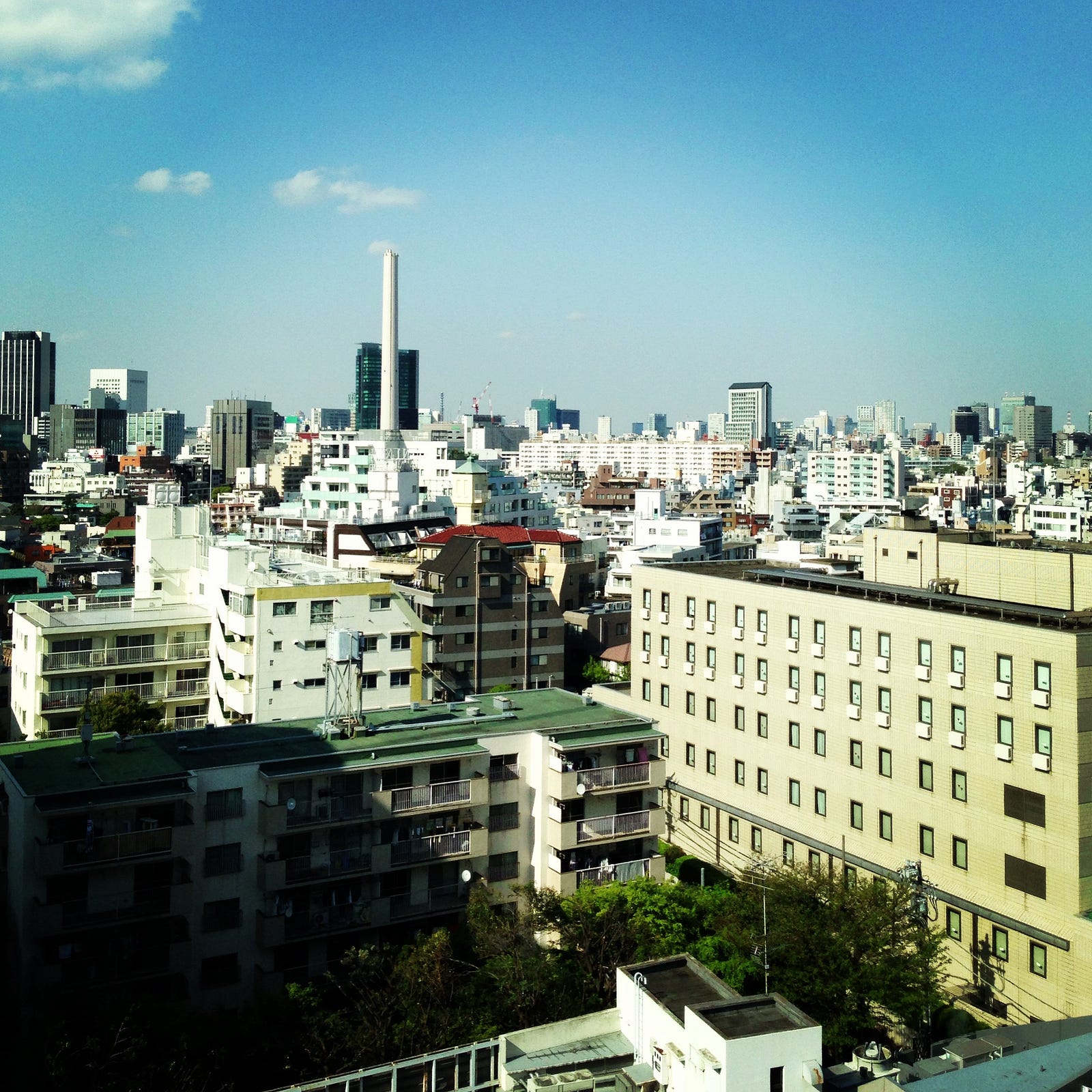
GETTING “LEAN” AND LEAVING JAPAN
Ifinished the book in a week, leaving almost no page without pencil marks. It sound silly now, but for me back then learning that there actually was a repeatable and scalable way to build good products and services was nothing short of revelation.
I started reading books on customer development, lean user research and UX design, everything I could get my hands on. Eventually, I came to realize that the way Lean methodology was presented in high-level industry books wasn’t granular enough. It wasn’t lean. It was pop-lean, if you will, a software development equivalent of organic kale smoothie.
Pop-lean does provide a good bird’s eye view of product development processes, of course. But it’s often too vague about finer bits of product strategy, sustainable planning, and feature roadmapping. And it doesn’t even touch some of the crucial points, such as feature prioritization, stakeholder and team management, and dealing with people issues in general.
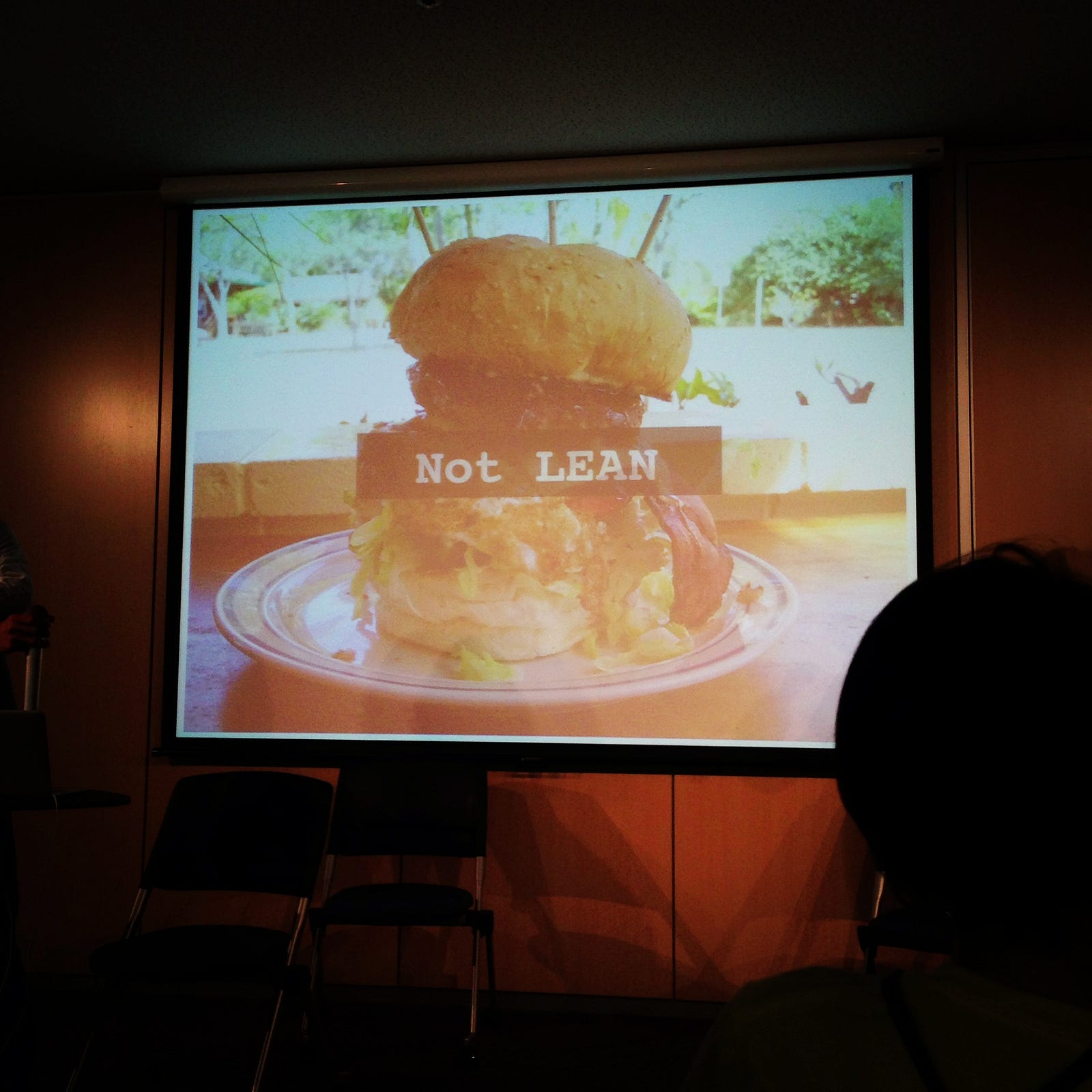
I wanted to learn more, and couldn’t think of a better way to do so than joining a startup. This also meant that I had to leave Japan. I was hoping to stay, but Tokyo startup scene was far from exciting. Ecosystem was lopsided towards social, growth across most areas was slow, and getting funding was nearly impossible. In short, for a startup geek as I were back then, Japan was’t the right place to be.
Instead, I focused on Singapore as the most developed English-speaking startup ecosystem in Asia. After several weeks of job search, I got an offer from Pirate3D, a young Singaporean hardware startup which raised $1.4 million on Kickstarter.
ENTER THE STARTUP
Things at P3D were messy: hardware R&D and manufacturing required us all to wear multiple hats at the same time, which is never a good thing, but for me it was as it maximized my learning.
I did user research, marketing, managed web development with an über-talented external design team, and even signed some serious sales deals. All that was insanely chaotic and truly fun. I got things done and learned a lot, but if someone were to ask whether I’d like to keep doing all of those things for the next few years, I’d answer with a definitive “No”.
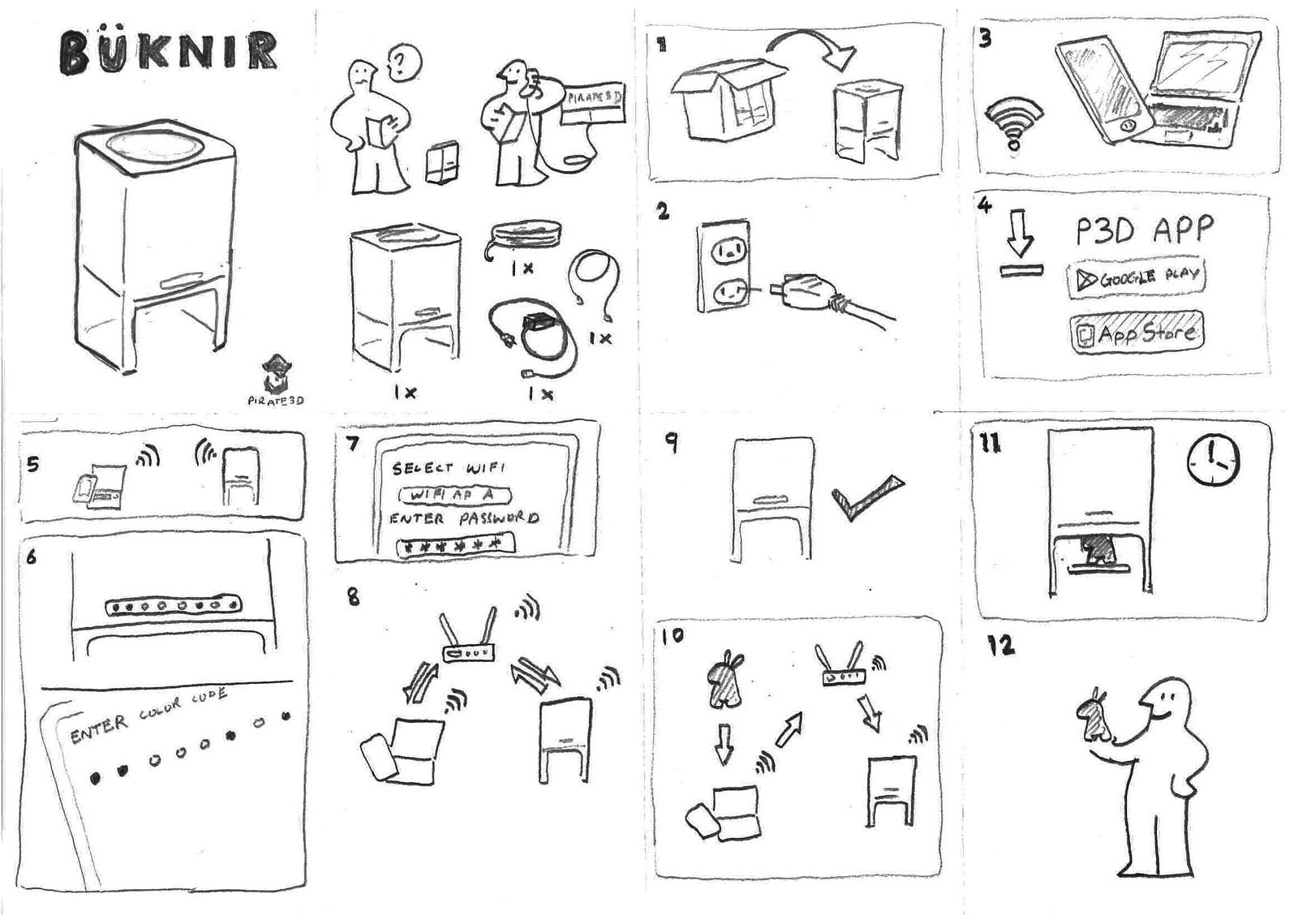
Drawing by ex-CEO Roger Chang.
The most exciting projects I worked on at P3D involved user experience, team management, and feature roadmapping. I wanted to grow in those areas, but had difficulties getting into a role that would be at the junction of all three fields.
At the same time, Pirate3D was facing serious production delays making it difficult for the company to grow, which further complicated professional growth. On top of that, the founders were unable to secure VC funding. P3D was no longer the right place to be, and I had no choice but to leave the team in summer 2014.
DISCOVERING PRODUCT MANAGEMENT
Right around that time, Antti Sonninen reached out to me about a Product Manager position at Beatrobo, a Tokyo-based startup. Antti and I talked a little, but it didn’t work out.
In fact, before Antti contacted me, I haven’t had a single clue what product management actually was. I started reading posts by seasoned PMs (here’s a great list), trying to get a sense of what exactly product managers do.
The more I learned about the role, the more excited I became. Every aspect of product development process which I was dying to master and contribute to, fell neatly under the definition of product management. For the past several years product management was exactly what I wanted to do! I just didn’t know what to call it.
The more I read, though, the deeper I understood the inadequacy of my knowledge and experience. That knowledge gap rendered me unfit for a PM role, so I kept on learning. If there’s anything that getting a PhD taught me, it’s how to learn fast.
LEARNING THE ROPES AND GETTING ANALYTICAL
After discovering the knowledge gaps that prevented me from getting a PM job, I was determined to transition into the field as fast as possible. It became clear, though, that I wouldn’t be able to become a PM right off the bat.
I had to make a lateral career move, which is why when an offer to join the data analytics team at Paktor, a Southeast Asian clone of Tinder, came along, I took it.
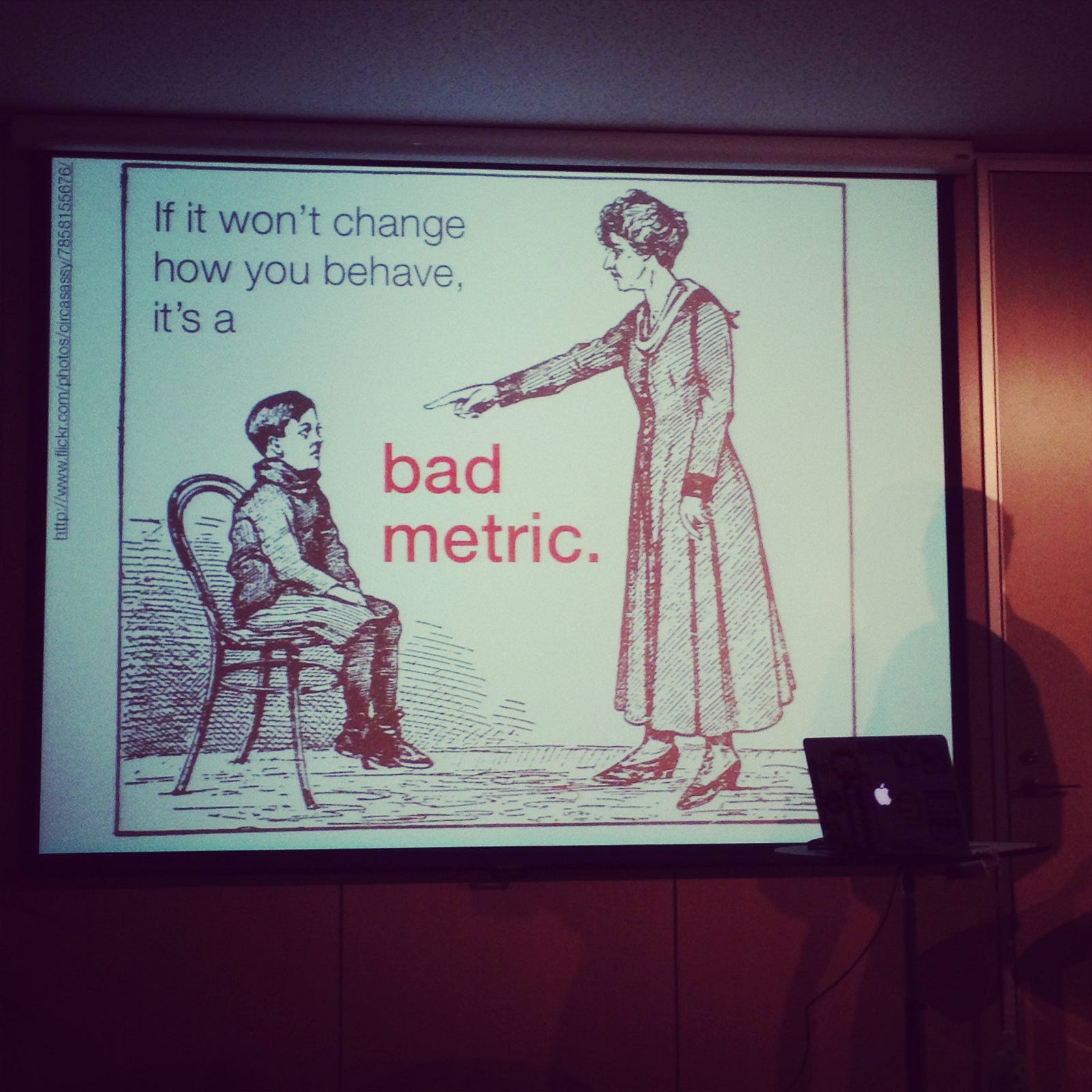
While at Paktor, I was able to transform insights about user behavior into actionable user stories, and provide the engineering team with clear specs of the features to work on. It was feature management, and it helped me to beef up my skills enough to make me a reasonably attractive candidate.
Practice, of course, came with a whole lot of theory: I read zealously. Books and articles on software development methodologies, business strategy, user experience design, team management — everything a good PM should understand well. I also joined regular local Product Camp meetups.
At some point, I became attractive enough to land interviews for PM roles with boutique product consultancies and bigger players like Rocket Internet and alike. This practice allowed me to grow some muscle.
My transition from a PM-wannabe to an actual product manager is a completely different story, though, and it needs its own post. 🙂
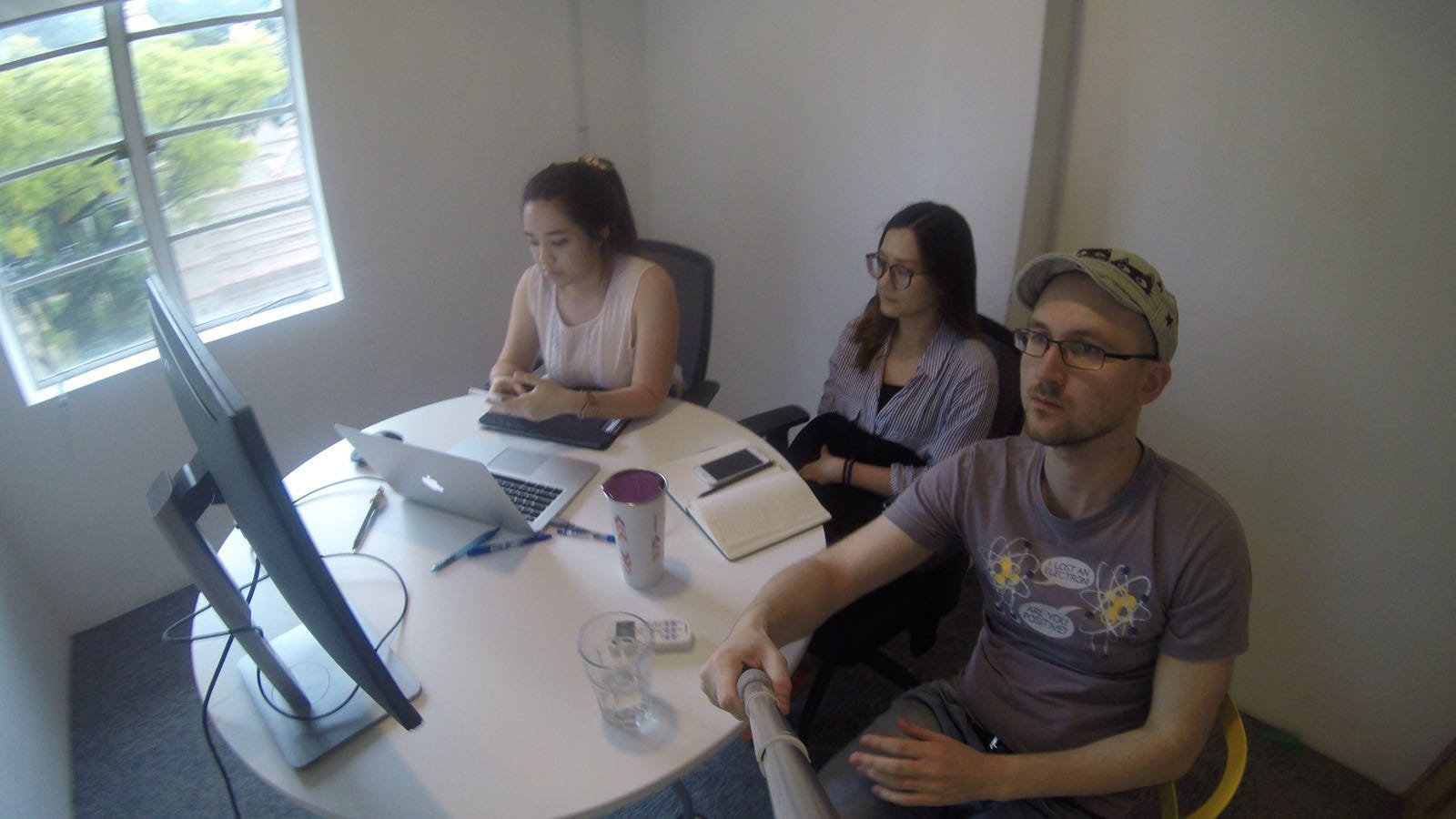
About the Author: This was a guest post contributed by Evgeny Lazarenko, who is currently a Product Manager at TradeGecko. This article was originally posted on Medium.
Join 30,000+ Product People and Get a Free Copy of The PM Handbook and our Weekly Product Reads Newsletter
Subscribe to get:
- A free copy of the PM Handbook (60-page handbook featuring in-depth interviews with product managers at Google, Facebook, Twitter, and more)
- Weekly Product Reads (curated newsletter of weekly top product reads)

